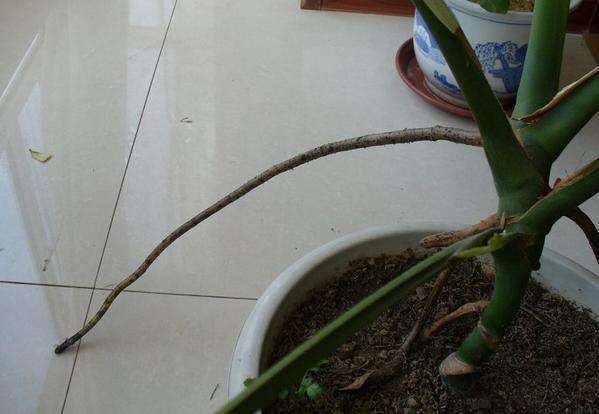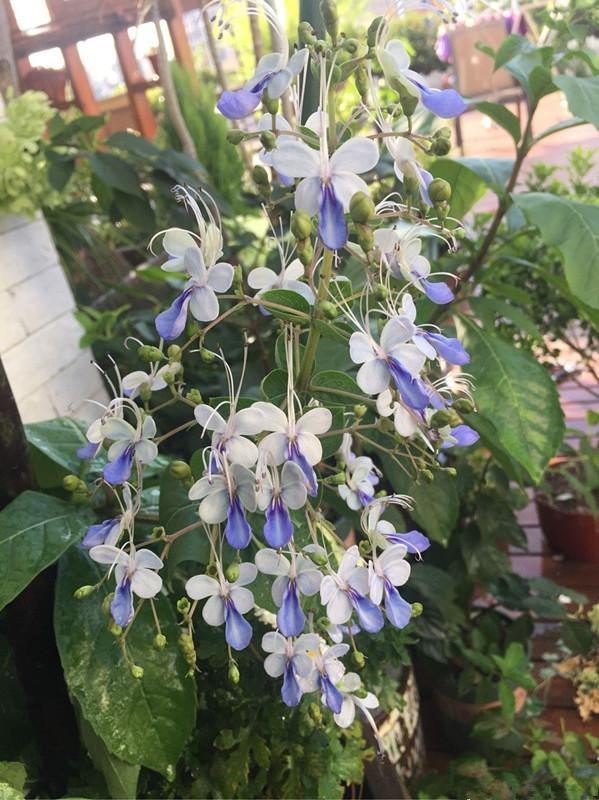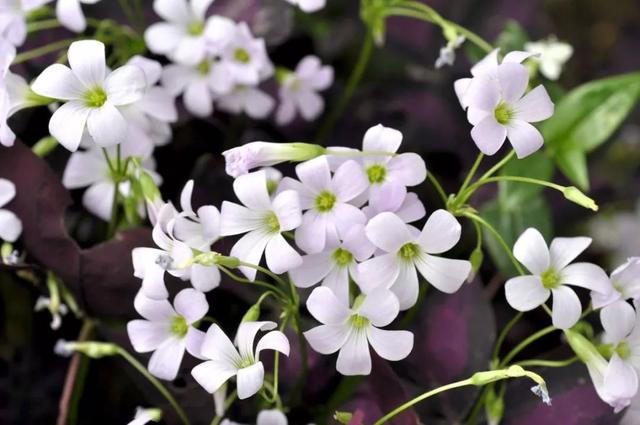The big white bamboo grew in the family and asked others to know that it was so useful.

With the advent of autumn, the growth of all kinds of plants is slowly becoming faster. Sometimes it is a good thing for plants to grow faster, but sometimes it is superfluous.
Recently, many friends told Huahua that their turtle-backed bamboo grew out of something else, and the more they looked at it, the more uncomfortable it became, but they didn't know what it was. When Huahua took a closer look, it turned out that the tortoise-backed bamboo had taken root.
This aerial root is not completely useless, but if it grows bigger and more prominent, it will greatly hinder the appreciation of plants, but everything is opposite to each other. When we cuttage plants, if we have aerial roots on the cuttings, the cutting rate and rooting rate will be faster.
In other words, if the turtle-backed bamboo grows aerial roots, if it too affects the appearance and shape of the plant, it can be cut off and will not affect the growth of the plant. Then why do plants grow aerial roots? In fact, it is all because the tortoise back bamboo has absorbed all the nutrients, and if the nutrients are absorbed more, it will naturally grow and take root.
Aerial root is not harmful, but also allows plants to absorb more nutrients, but some aerial roots grow larger, affecting our perception to a certain extent, so there is nothing wrong with it.
Because the tortoise-backed bamboo itself is relatively large, so it is normal to have a bigger root. If the angry root grows into the soil, there is no need to lose it. The aerial root that grows into the soil still has certain advantages. The aerial root inserted into the soil can be used as a support point for plants to help plants absorb nutrients.
Friends who have already taken root in the plant at home should not worry about it. On the contrary, it is the result of the exuberant growth of the plant at home. At this point, Huahua will give you remedial lessons, family breeding tortoise back bamboo in the end what should pay attention to?
Tortoise back bamboo likes weakly alkaline soil. If the tortoise back bamboo at home does not grow well and the leaves are drooping, think about whether the soil you prepared for the tortoise back bamboo is alkaline or acidic. If it is acidic, quickly change the soil for the tortoise back bamboo. Later, the tortoise back bamboo may die!
The negative tolerance of tortoise-backed bamboo is well known, and it is best not to let the leaves of tortoise-backed bamboo be exposed to the sun when raised at home. If the sun is too strong, it will easily burn the leaves of the tortoise back bamboo, which is not conducive to the growth of the plant.
Watering should also ensure that the soil of the turtle back bamboo is dry rather than wet, and the soil of the tortoise back bamboo can be kept wet, because the tortoise back bamboo lives in a shady place all the year round, so it must not be watered too much. Watering too much water can not evaporate in time will rot the root!
- Prev

A kind of fresh and beautiful flowers like butterflies with long flowering period and simple maintenance is a good product for potted plants.
Guide green potted plants is a necessary embellishment of home life, raising some flowers and plants at home, many benefits, not only can beautify the room, but also happy mood. "Hua Sheng potted Diary No. 1333" will introduce you to a fresh and beautiful flower. Today.
- Next

It's time to plant a flowering machine that will make the neighbors jealous.
Step1 Know Oxalis ▲▲ There are many horticultural varieties of Oxalis. According to planting time, they can be divided into spring planting vinegar, autumn planting vinegar and four seasons vinegar. Among them, autumn planting vinegar has the most varieties, and it is also divided into many small series, such as hibiscus series, pancake series, pumpkin series...
Related
- Wuhan Hospital Iron Tree Blooming Result Was Instantly Frightened by the Gardener Master
- Which variety of camellia is the most fragrant and best? Which one do you like best?
- What is the small blue coat, the breeding methods and matters needing attention of the succulent plant
- Dormancy time and maintenance management of succulent plants during dormancy
- Minas succulent how to raise, Minas succulent plant pictures
- What are the varieties of winter succulent plants
- How to raise succulent plants in twelve rolls? let's take a look at some experience of breeding twelve rolls.
- Attention should be paid to water control for succulent plants during dormant period (winter and summer)
- Watering experience of twelve rolls of succulent plants
- Techniques for fertilizing succulent plants. An article will let you know how to fertilize succulent plants.

